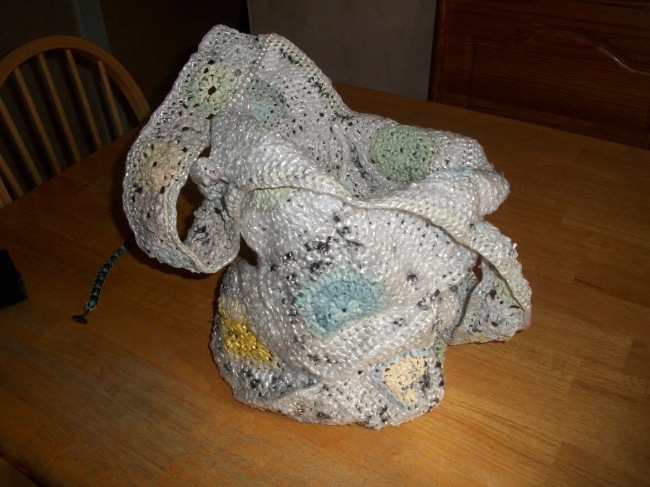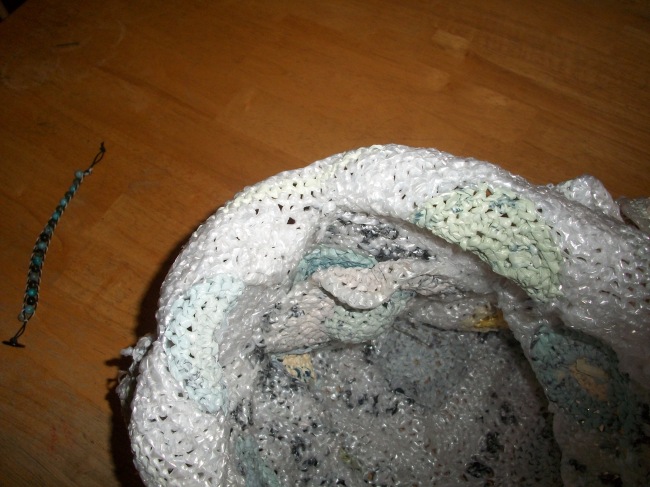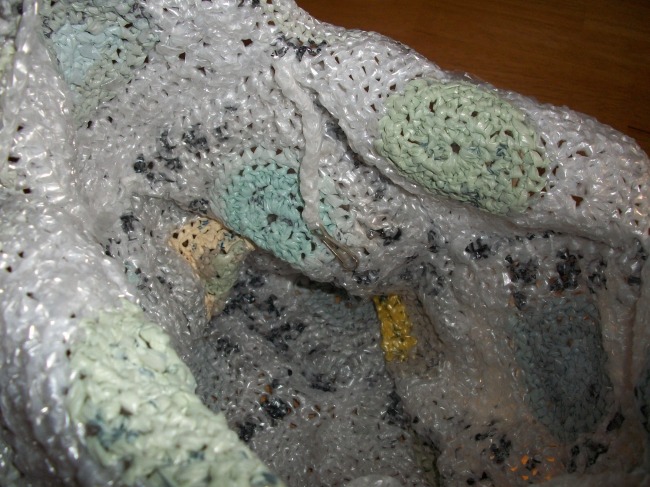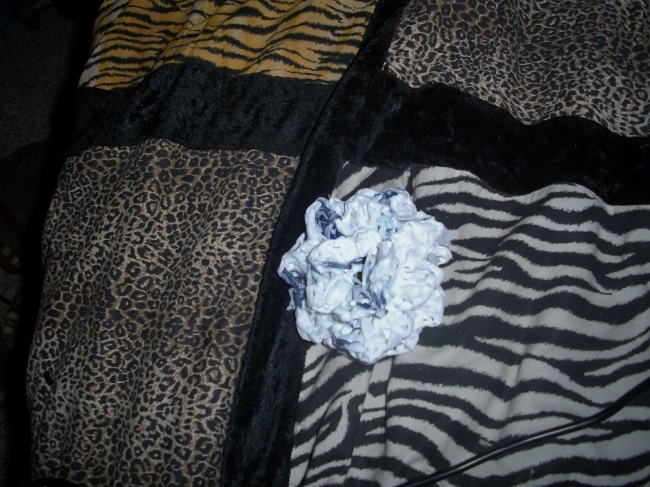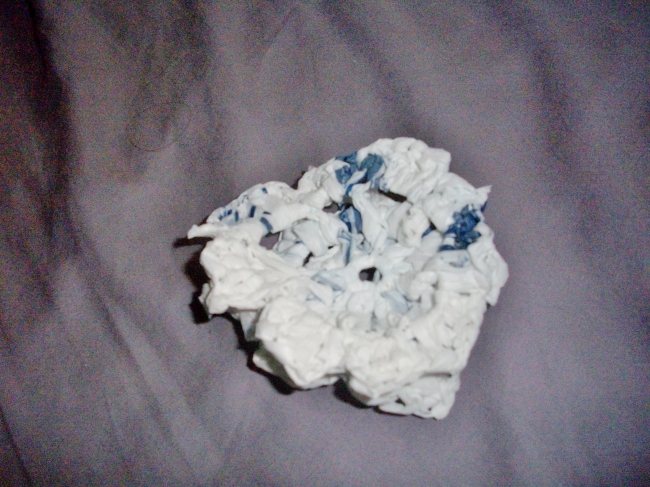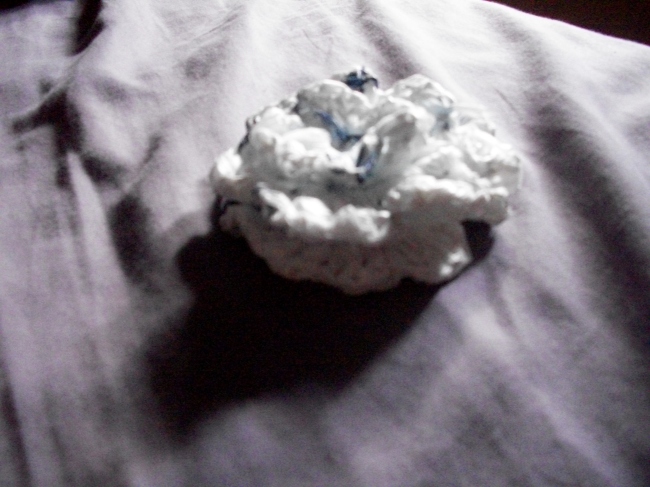When I first started this project, I didn’t think there would be this much information on bees and their role in the environment. Well, turns out they’re very important and it shows by the massive amounts of information I got. So once again, this subject will be divided into three parts. This post which is about the bees’ role in the environment, why the bees are disappearing and how to help them and make sure that we’re not the next extinct species.
ftp://ftp.fao.org/docrep/fao/012/i0842e/i0842e04.pdf
Bees are pollinators and as pollinators strongly influence ecological relationships, ecosystem conservation and stability, genetic variation in the plant community, floral diversity, specialization and evolution. Bees play an important, but little recognized role in most terrestrial ecosystems where there is green vegetation cover for at least 3 to 4 months each year.
In tropical forests, savannah woodlands, mangrove, and in temperate deciduous forests, many species of plants and animals would not survive if bees were missing because the production of seeds, nuts, berries and fruits are highly dependent on insect pollination, and among the pollinating insects, bees are the major pollinators.
In rain forests, especially in high mountain forests where it is too cold for most bees, other pollinators like bats and birds play a greater role in plant pollination. In farmed areas, bees are needed for the pollination of many cultivated crops and for maintaining biodiversity in ‘islands’ of non-cultivated areas.
The main role of bees in the different ecosystems is their pollination work. Other animal species are connected with bees: either because they eat the brood or honey, pollen or wax, because they are parasitic to the bees, or simply because they live within the bees nest.
To understand just how important bees are, we must secondly, understand how exactly they accomplish their role. Pollination is transfer of pollen from the anther (the male part of the flower) to the stigma (the female part of the flower). Some plants can pollinate themselves: in this case, the pollen passes from the anther to the stigma inside the same flower, and this is called self-pollination. Other plants need pollen to be transferred between different flowers or different individuals of the plant. This is cross-pollination. Many plants can be pollinated both ways. Plants can be pollinated by wind or animals. Some plants have only one method for pollination, others use a combination.
Bee pollinated flowers have evolved in such a way that a visiting bee has to brush against the flower’s anthers bearing pollen, or there may be a special mechanism to release the anthers to spring up or down to cover the bee with pollen.
Compared with other insects, bees are extremely hairy. Each hair has a branched structure that makes it highly effective at catching pollen. While flying to the next flower, the honeybee will brush herself and move many of the pollen grains, to arrange them in the pollen baskets made of stiff hairs on her hind legs.
Some pollen grains are so dry that they cannot be formed into a clump. To prevent the pollen falling off during flight, the bee will regurgitate some nectar and mix it with the pollen. This gives the sweet taste when eating pollen balls collected by bees. It also makes the pollen a little darker so that it can be difficult to see from which plants it comes. Some bees do not have pollen baskets – they transport the pollen in the hair on their abdomen (e.g. Osmia bees and leaf cutter bees). When the honeybee with pollen is landing in the next flower, there will be pollen enough left on the bees’ body hairs to pollinate the new flower, by delivering some grains to the flower’s stigma.
To create a seed, the pollen grain has to grow a small tube inside the stigma to the ovary of the flower. Then a male gamete can travel through the tube, fertilize the egg cell and start development of the fertile seed.
Some plants need several successful visits from bees to ensure that all the flower’s eggs are fertilized. For example, some varieties of strawberry need about 20 pollen grains – requiring visits by several bees, an apple flower may need four or five bee visits to receive enough pollen grains for complete fertilization. If the fertilization is inadequate because of lack of bees, not all seeds will develop, and the shape of the fruit will be poor and small. Fertilization is the beginning of a new seed, which perhaps will grow and develop into a new plant. The new plant will bloom, provide the bees with food, be pollinated, and be fertilized, and in this way, the story continues.
Some general rules can be used to detect whether a plant is pollinated by bees, flies, beetles, wasps, butterflies, moths, thrips, birds, bats, marsupials, slugs or rodents. Flowers pollinated by bees most often bloom in daytime, they can have different colors, but seldom red. The scent of daytime bee pollinated flowers tends to be less strong than that of night pollinated flowers, often pollinated by bats or moths. Honeybee pollinated flowers have nectar tubes not more than 2 cm long. They have nectar guides (patterns to direct the bee towards the nectary) and often a landing place for bees. Bees are especially attracted to white, blue and yellow flowers. Plants pollinated by insects are called “entomophilous”, and insects are generally the most important pollinators.
Bees and most flowering plants have developed a complex interdependence during millions of years. An estimated 80 percent of flowering plants are entomophilous i.e. depending more or less on insect pollination to be able to reproduce, and it is estimated that half of the pollinators of tropical plants are bees.
The efficiency of honeybees is due to their great numbers, their physique and their behavior of foraging on only one plant species at one time. The bees have to find their food in flowers. The food can be nectar or pollen. Nectar is produced to attract the bees. Pollen is also attracting the bees, but it has another function too: it is produced to ensure the next generation of plants.
The forager bee returns to the honeybee colony with her pollen loads, which are placed in the nest in areas of comb close to the brood. Bees have to learn where in a flower the nectar is to be found. To guide the bees, many plants have bee-tracks, which are lines of color leading the bee towards the nectar. These can sometimes be seen by humans, but some are in the ultra-violet part of the spectrum and visible to bees, but not humans.
In this way, the plant also guides the visiting bee to pass the anthers or stigma in the right way. Bees have no problems in finding the nectar in flat, open flowers, but in flowers that are more complex, they have to learn it by trial and error. After some visits in the same type of flower, the bee has learned where the nectar is, and learns this for the next visit.
Pollen is the protein food for bees. Without pollen, the young nurse bees cannot produce bee milk or royal jelly to feed the queen and brood. If no pollen is available to the colony, the queen will stop laying eggs.
Usually a honeybee can visit between 50-1000 flowers in one trip, which takes between 30 minutes to four hours. In Europe, a bee can make between seven and 14 trips a day. A colony with 25,000 forager bees, each making 10 trips a day, is able to pollinate 250 million flowers.
The ability of the honeybee to communicate to other bees in the colony where to go for collecting more pollen and nectar is very important for their efficiency as pollinators. When a scout bee has found a good nectar or pollen source, she will return to the colony and communicate to other bees where they can find the same food. This is done with a special dance indicating the distance, quality, and direction from the nest. Flowers closer than around 200 meters are just announced with the waggle dance without indicating any direction.
When bees begin foraging for pollen and/or nectar, they will visit the same species of flowers and work there as long as plenty of nectar or pollen can be found. For example, if a honeybee starts collecting in an Acacia tree, she will fly from Acacia flower to Acacia flower, and not behave as many other insects do, visiting different species of plants within the same trip without any great pollination effect. This behavior of bees is called foraging constancy.
Some flowers are open and with nectar all day and night, but others are open only for a few hours in the morning, afternoon or night. The single worker bee learns and remembers what time the different flowers are worth visiting. One bee can remember the opening time for up to seven different types of flowers. The honeybees are pollinating a great number of different plant species, and they do it effectively. Some solitary bee species are much more specialized for pollinating specific plant species.
There are tons of examples out there, showing just how much we rely on bees. The Brazil nut tree grows wild in the Amazon Forest. Brazil nuts are one of the economically most important wild products growing trees in the area, with more than 50,000 tons of the nuts exported from Brazil every year. The Brazil nut trees cannot be grown in plantations, because they need to be pollinated by one special bee species, the small shining Euglossa bee.
This bee is dependent on the presence of an orchid species that is found only in the rain forest. They are also the only pollinators for a number of orchids in the forest. In some species of Euglossa, the male bee collects some scented material from the flower, which they distribute to attract other males – who do the same and multiply the effect with a scented cloud, in the end so strong, that it attracts female bees so that mating can take place. During the collection of the scented material, male bees transfer pollen from orchid to orchid and pollination takes place.
The female Euglossa bees live from nectar from the Brazil nut tree and pollinate it. This means that without the orchids, there would be no Euglossa bees and no Brazil nut trees, and none of the many other plants, insects and animals associated with that tree – including the people whose livelihoods include collection and sale of the Brazil nuts.
Studies in the Amazon forest have shown that many Euglossa bees do not cross open areas. That means that great parts of forest lose its pollinators when the forest is cut, and open parcels of land are created between remaining forest islands. This example is only one of many important specialized interrelations between bees and trees. In spite of this, the bees perhaps play a minor role as pollinators in the rain forest compared to their role in temperate forests, monsoon forests and savannah woodland.
In tropical rain forests, many trees are pollinated by birds, bats and insects other than bees. Animal pollination is of greatest importance, because there is no wind between the trees and because the distance between trees of the same species may often be great. In that way, it is most convenient for the trees to use animals as pollination vectors. In tropical forest, there may be rather few flowering plants on the ground because of the trees’ shade.
In European deciduous forests, the forest floor can be totally covered by flowering plants in springtime, before the trees produce their leaves. These plants often need fast pollination from a great number of honeybees. Not many other insects are present in high numbers in early spring.
In Denmark, the presence of bees in forest areas help to protect the newly planted trees from being eaten or spoiled from gnawing by roe deer, compared to other plantations with no bees. The reason is because bees secure a better pollination and seed production of so many other plants, which the roe dear can forage on instead of the tree seedlings. By pollinating trees, bushes and herbaceous plants, the bees are important for the food production of all the other animals and birds in the forest ecosystem dependent on it for food berries, seeds and fruits.
Bees and trees belong together. The honeybees and stingless bees have originally developed in forest biotopes. Given the choice, wild honeybees chose nesting places in trees rather than in an open landscape. Most often the honeybees prefer to build their combs or nests high in trees instead of close to the ground, but bees nests can be found everywhere in a tree. In savannah areas with bushfires in the dry season, a high nesting place is an advantage.
http://iecoliving.com/home-and-garden/why-bees-are-so-important-to-the-ecosystem-and-to-humans/
Bees’ pollination efforts are responsible for a wide diversity of wild flowers and many crops depend on them. Without bees’ pollination of flowering crops and flowers, there would be far less food in general and diversity in particular. If bees did not pollinate in the wild, some vegetation would become extinct, leaving space for invasive, problematic species to take over. Animals that eat the extinct vegetation would then die off, followed by the carnivorous animals that eat the herbivores.
